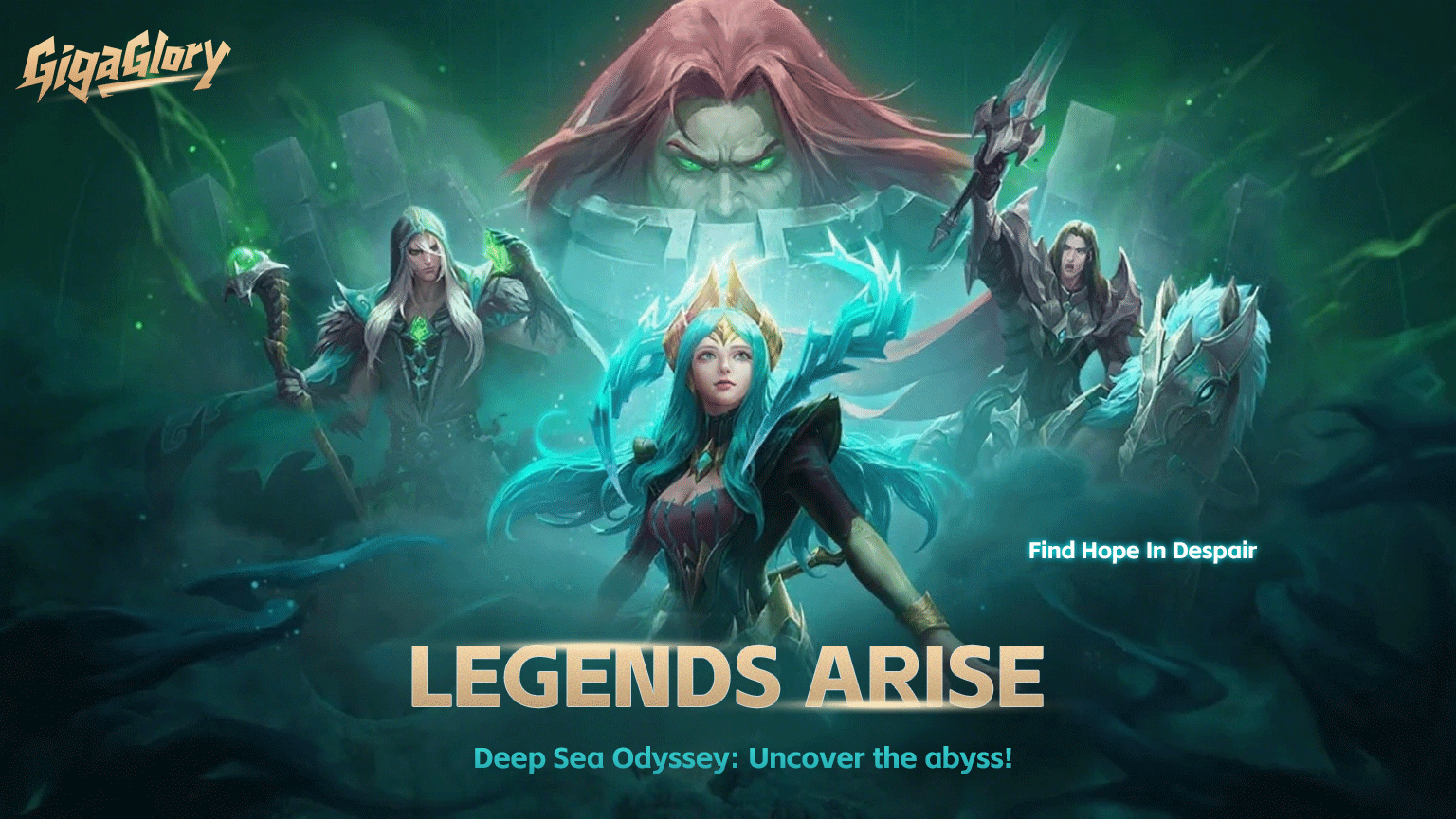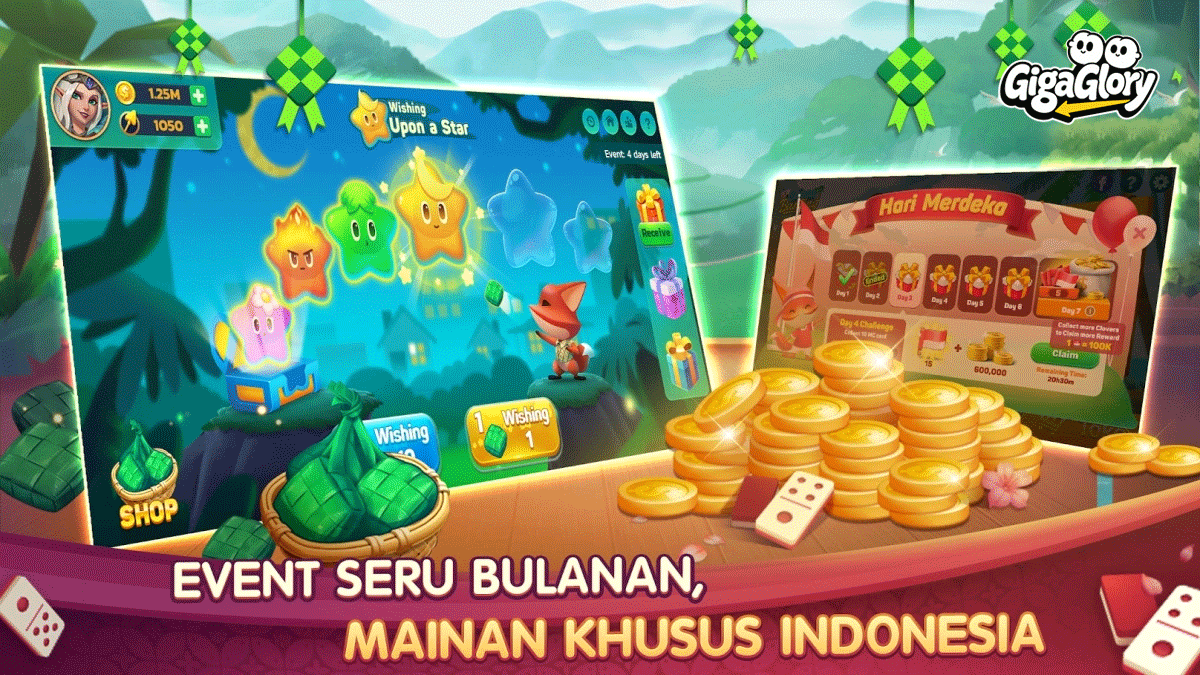How Building Games Revolutionize Life Simulation: Creating Realistic World Dynamics
In the realm of gaming, building games have emerged as a dynamic extension of the traditional life simulation genre. These games allow players to craft intricate worlds, populate them with characters, and simulate various aspects of life. But what is it about these building games that sets them apart? This article explores how they are changing the landscape of life simulation, making it more immersive and engaging for players. From the magic of creation to the complexity of human dynamics, let's dive into this world!
The Art of Creation
Building games tap into our innate desire to create. Players are given a canvas—a virtual world where they control every aspect: constructing buildings, managing communities, and interacting with different elements. Games like SimCity and Minecraft exemplify this concept, allowing players to **square off against various challenges** while they build their worlds the way they envision.
- Freedom of Design: Players can create anything from small huts to sprawling metropolises.
- Personalization: Characters can be tailored to reflect the player's identity, enhancing immersion.
- Resource Management: Building games often incorporate strategic elements, challenging players to manage resources effectively.
This blend of creativity and strategy makes building games particularly appealing. They offer a **satisfaction** that comes from watching your creations thrive, transforming abstract ideas into tangible designs. More than just entertainment, these games encourage players to think critically and plan meticulously.
Life Simulation Elements
What truly revolutionizes building games is their integration of life simulation mechanics. Unlike traditional life simulation games, which often focus solely on personal relationships and life stages, building games add layers by introducing dynamics like economic systems, politics, and even warfare. With this, players experience challenges that arise in real-life scenarios.
| Key Features | Impact on Gameplay |
|---|---|
| Economy Management | Players must balance budgets, offering a dose of realism. |
| Community Interaction | Building communities fosters cooperation amongst players. |
| Modern Warfare Situations | Events like modern warfare crashes after match add surprise elements. |
The Future of Building Games
Looking to the future, the marriage between building and life simulation games only grows stronger. The popularity of immersive RPGs, such as the Harry Potter Online Game RPG, showcases the **demand for rich narratives and expansive worlds**. Imagine exploring Hogwarts while also having the freedom to build your own magical kingdom! As technology advances, we will likely witness even more realistic interactions and dynamic world changes, further immersing players in their virtual worlds.
- Enhanced AI that generates more lifelike character behaviors.
- Collaborative gaming experiences that allow for joint world-building.
- Virtual reality integrations that bring building games to life like never before.
Conclusion
Building games bring a unique twist to the life simulation genre, allowing players to not just engage with characters but also tailor entire worlds. The intricate dynamics, strategic elements, and the pure joy of creation have ensured their place in the gaming industry. As these games evolve, we can only imagine the depth of experiences that await. Who knew that flipping a pixel could lead to so much power and creativity? As players continue to shape their worlds, we dive deeper into the beauty of **life's simulations**—where the only limit is the **imagination** itself!



